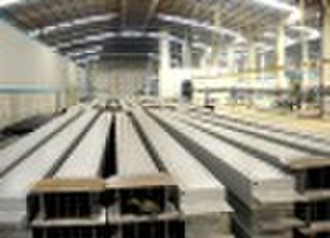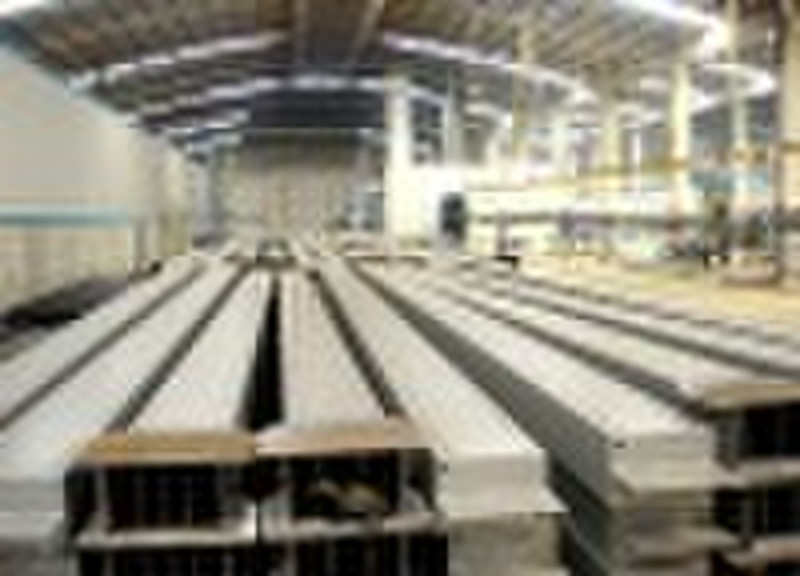Catalog
-
Catalog
- Agriculture
- Apparel
- Automobiles & Motorcycles
- Beauty & Personal Care
- Business Services
- Chemicals
- Construction & Real Estate
- Consumer Electronics
- Electrical Equipment & Supplies
- Electronic Components & Supplies
- Energy
- Environment
- Excess Inventory
- Fashion Accessories
- Food & Beverage
- Furniture
- Gifts & Crafts
- Hardware
- Health & Medical
- Home & Garden
- Home Appliances
- Lights & Lighting
- Luggage, Bags & Cases
- Machinery, Hardware & Tools
- Measurement & Analysis Instruments
- Mechanical Parts & Fabrication Services
- Minerals & Metallurgy
- Office & School Supplies
- Packaging & Printing
- Rubber & Plastics
- Security & Protection
- Service Equipment
- Shoes & Accessories
- Sports & Entertainment
- Telecommunications
- Textiles & Leather Products
- Timepieces, Jewelry, Eyewear
- Tools
- Toys & Hobbies
- Transportation
Filters
Search

Steel structure building/light steel warehouse/lig
original price: 25,00 USD
Foshan, China

Gason Wen
Contact person
Basic Information
| Place of Origin | Guangdong China (Mainland) |
|---|---|
| Material | Steel |
| Brand Name | WALTER |
| Model Number | WLSB-01 |
| Use | Carport |
The scope of application for the construction system is large, including villa, apartment, gymnasium, shopping mall, scientific research, office, entertainment building, government agencies, barback, workshop, warehouse, even anti-seismic house, studio, exhibition hall. The history of the prefab house goes back to the birth of America. Many of those escaping religious persecution in England took apart their homes before they left and brought them over on the boat to be reassembled in the new land. During the gold rush of the 1840s and 1850s, house kits were shipped to prospectors in California. In the early 20th century, mail-order prefab homes were shipped to people all over the country in thousands of pieces. Owners could put the houses together themselves, like a giant Lego or Lincoln log kit, with each piece numbered. The modern prefab house that has come to be known as a mobile home or trailer began by modeling World War II Quonset huts. Many of these homes were mass produced in the post-war era. While these were affordable to families in distress, their unimpressive design became the image of low income and dullness. However, the prefab house of today goes far beyond trailer parks and double wides. Prefabricated houses, often referred to as prefab houses, are dwellings manufactured off-site in advance, usually in standard sections that can be easily shipped and assembled. Comparing with those conventional houses or homes, prefab home or house requires much less labour, which are becoming popular in Europe, Canada and United States as they are cheap.
Delivery terms and packaging
Packaging Detail: The structure groupware are bundled together, and the interior trim equipments and the materials of decoration are flat packed separately, then shipped to the destination. Delivery Detail: 30-75 days
Port: Guangzhou
Payment term
Letter of credit
Telegraphic transfer
-
Payment Methods
We accept:








